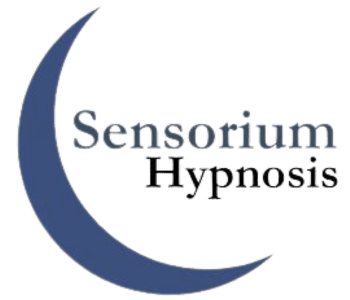
Amy Marohn, C.Ht., MS, B.Msc., C-KAHP
Master Hypnotist, Rehab Counselor, Metaphysical Minister, Spiritual Healer, Humorist and Recovering Chaos Addict.
I value intuition over formal protocol and textbook explanations; clients over clinicians in identifying the most effective formula for recovery; joy over suffering – as most of the pressure we place on ourselves is simply unnecessary, misguided, and masochistic.
The hypnosis industry claims to have about a 60-70% success rate for smoking cessation and honestly, this statistic never quite satisfied me. From the very beginning of my journey as a hypnotist, I wondered what changes could be made to create better outcomes.
At first, I handled smoking cessation like every other hypnotist using the standard tools, and approaches from leading “experts.” For a certain type of client, this proved to be sufficient: those who needed to quit for medical reasons. It saddened me to think some clients had to be placed in desperate and often life- threatening/life sustaining circumstances – surgeries, organ transplants, lung disease, etc. before inspiration would strike. These clients were likely boosting the success rates – and rather artificially – because their decision to quit was made under “duress” with very little intrinsic motivation.
What about the other smokers with less urgent circumstances – did this group account for the 30-40% who were unsuccessful? And if so, what barriers were they facing? After years of experience, I noticed how many smokers were either recovering from drug and/or alcohol addictions or had multiple active addictions. Thus, smoking was either the replacement or supporting addiction. I also noticed additional self-sabotaging behaviors – like poor nutrition and sleep hygiene, conflict avoidance, difficulty with communication and boundary setting and poor management of stress and anxiety. All these factors had to be considered.
Some clients experienced short-lived victories with quitting using medications or tapering down, but reported a circumstance or triggering event that fueled the return to this old unwanted behavior. These were valuable details because I began to understand smoking as a symptom of an unconscious emotional conflict that needed to be resolved. By helping clients uncover root causes, I could address smoking, as well as eradicate self-sabotaging behaviors and the entire addictions cycle. Multiple areas of their life would be positively impacted through healthier thoughts, feelings, and beliefs which in-turn created more significant and ongoing self-empowering transformations.
In summary, I studied all the traditional tools and theories for helping smokers quit through hypnotherapy and found them short-sighted with uninspiring outcomes. Overtime, I began integrating a more progressive form of hypnotherapy performed in a fully awakened state and taught my clients self-hypnosis, advanced meditation practices to deactivate the primitive mind (AKA: “fight or flight response pattern) and an interactive form of energy work to release trauma from the deepest cellular level. The results are astounding!
My smoking cessation approach is not for everyone, as the self-motivation and desire to do deeper work must be present. A client needs to be open to the idea that smoking represents an emotional block that needs to be identified, released, and replaced to achieve life-long physical results and desired outcomes. If these principles are in alignment with a client’s personal beliefs and within their comfort level, this modality may very well be a good fit.

